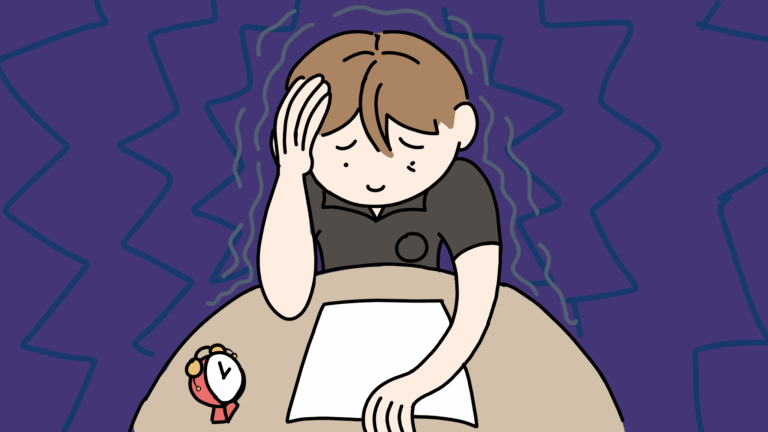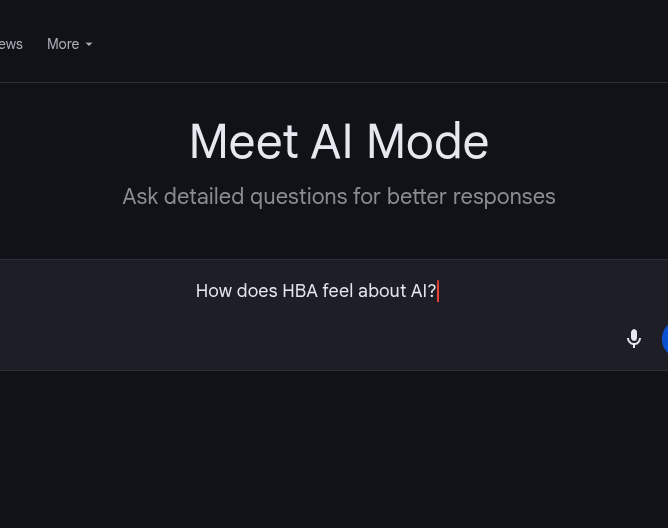Hawaii is known as a warm paradise, generally safe from extreme weather conditions.
However, despite Hawaii’s tropical climate, according to a *survey conducted by the HBA Eagle Eye, many HBA students report that the island’s summers in recent years have felt hotter compared to previous years, and over half believe the rising temperatures are partly due to climate change. Some argue that the changes are subtle or nonexistent, and others believe that changes will become more drastic in the future for the state. Whether or not people have noticed the impacts of climate change in Hawaii, scientists warn that rising global temperatures are currently affecting and will continue to drastically alter the world.
Climate change is an alteration in temperature and weather conditions, a product of rising global temperatures from greenhouse gas emissions. Current greenhouse gas levels are magnified due to anthropogenic, or human, activities, ranging from burning fossil fuels in factories to driving cars. Greenhouse gases, such as carbon dioxide and methane, are able to trap infrared rays, or heat that leaves the Earth, causing atmospheric and marine temperatures to rise. Senior Rachel Harris, a past AP Environmental student interested in marine biology, is concerned that marine ecosystems as she thinks rising sea levels and ocean temperatures will impact them, and that belief isn’t far from reality. According to the Fourth National Climate Assessment by the U.S. Global Change Research Program, Hawai’i and several U.S. affiliated coastal areas are set to experience extreme flooding and droughts, reduced freshwater availability, lower marine biodiversity and fishery yields, and saltwater intrusion in watersheds, just to name a few, by 2100. So while the changes are subtle, occurring at a slow rate for the past several decades, climate change will continue to alter the world.
While climate change is a broad topic, people can help delay or reduce future impacts through several small actions. Science department chair and environmental science teacher Claire Mitchell, encourages students at HBA be proactive in learning about climate change. The high school offers several environmental-focused classes, such as AP Environmental Science, Marine Science, and Environmental Sustainability, and the University of Hawai’i at Manoa hosts Ha o ke Kai, a lecture series working with the university’s Better Tomorrow Speaker Series that educates listeners about climate change mitigation and adaption. To learn more about local and state government action on climate change, you can view Hawaii’s Climate Change Portal. However, Mitchell states that direct involvement, at least on a local scale, is the best way to learn with. She lists organizations such as the Sierra Club, Kokua Foundation, Hawaii Youth Climate Coalition, and Kupu, groups that provide opportunities for students to volunteer in conservation projects.

Along with educating themselves, students can also reduce their carbon footprint, the amount of greenhouse gas an individual emits through their daily activities. Senior Bailey Pantil tries to reduce her carbon footprint by using power saving power cords, but she points out that carbon footprint-reducing items can be expensive, such as electric cars or solar panels. However, there are other life choices that individuals can make that do not ask for more than just an open mindset. One of the most influential factors on our carbon footprint is our food consumption. From reducing the amount of meat and even seafood you consume to selecting less processed food, which includes fast food, Mitchell states that students are able to lessen their carbon footprint as well “improve their own personal health—bonus!”. If possible, she also recommends buying local, using products with less packaging, and to substitute disposable utensils with reusable ones instead. Such methods reduce carbon emissions from transportation as well as the waste from materials thrown away.
Like Mitchell, senior Kisa Tamai, president of the high school Environmental Club, believes that students can be more informed about climate change through taking classes and joining activities that advocate for environmental activism. Tamai points out that “current human actions will eventually make the Earth inhabitable for not only the human race but also other living species”. Whenever possible, she takes the bus instead of using a car and uses reusable utensils. She also recommends students to join the Environmental Club as another way to learn more about climate change, as her experience in the club nurtured her interest in the environment. Members of the Environmental Club can participate in several projects, ranging from composting food waste from the school’s cafeteria to selling sustainable products at HBA’s Fun Fair, which allows for direct involvement through a community level.
Environmentalism is important for the future, as Tamai mentions that “this planet is our only home. With the environment’s health declining at a rapid rate, we will eventually make this place inhabitable for not only the human race but also other living species.” Also, considering of its long-lasting effects, Harris states that “our generation is going to have to deal with climate issues a lot in the future. If we need to make good decisions, so it’s really useful to be at least somewhat well-versed in climate change. It’s kind of becoming a cliché to say, ‘Take care of the Earth!,’ but it really is important for us to preserve our planet since that means we’ll be helping ourselves out as well.”
*The survey was sent out to HBA high school students on August 10, 2021, and it focused on how students perceive climate change and its affects in Hawaii. Students were asked if they believe hotter temperatures in Hawaii are associated with climate change and how much they knew about climate change.







